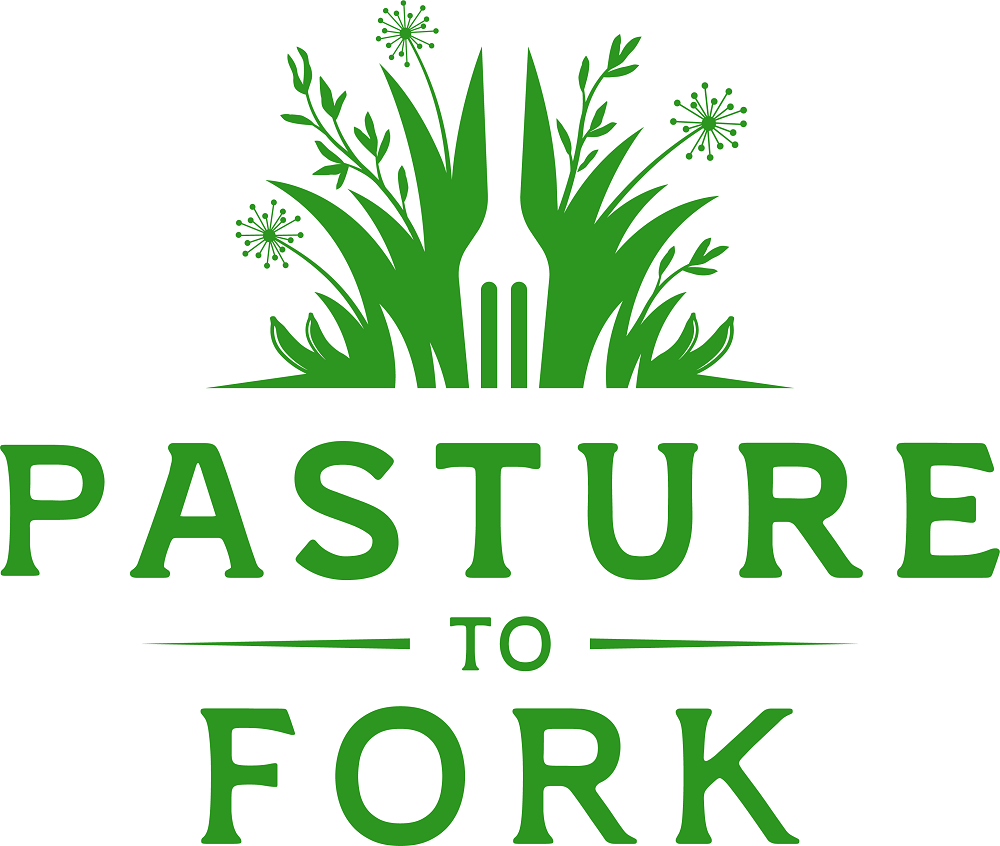Do you trust "Certified Organic"?
posted on
February 9, 2024
The birth of organic food is one of humble beginnings and grassroot effort in an attempt to regenerate farmland and provide clean food for those who sought it over sixty years ago. In the mid-1960’s, the moment was ripe for turning back to nature; DDT was in the news, an oil spill off the coast of Santa Barbara had blackened California’s coastline, and Cleveland’s Cuyahoga River had caught fire due to chemical pollution. “Ecology” was on everyone’s lips and was closely followed by “organic”.
Early on, “organic” carried connotations far exceeding mere chemical-free food production. It implied a disdain and rejection of the war machine (also a hot button issue of the Vietnam era), since the same corporations—Dow, Monsanto—that manufactured pesticides also made napalm and Agent Orange, the herbicides with which the U.S. military was waging war against nature in southeast Asia. This correlation was very real in the minds of the early adopters, which was largely made up of young people who decried the war.
The early efforts at growing food organically was trial and error by scattered amateurs who were poorly connected and had almost no support network. In fact, the USDA was actively hostile to these efforts, viewing it as a critique—which it was—of the industrialized agriculture it promoted. Largely due to these factors, the organic food and farming model stayed relatively small and obscure--compared to the industrialized food sector--in the twenty-five span from the mid-1960's until about 1990. It did, however, grow in a sort of behind-the-scenes manner driven by increasing consumer demand.
Because of this burgeoning consumer demand, by 1990 organic agriculture caught the eye of some of the largest food corporations in America—and subsequently—the eye of food governance. A bill, called the Organic Food and Production Act (OFPA), was passed in Congress. Ironically, it instructed the Dept of Agriculture—the same agency who had treated organic agriculture with undisguised contempt—to establish a set of national standards. Even today, many of us in the beyond-organic food world look back on that moment in time and see that move as a grave mistake.
Since the early ‘90’s—and even more in the 2000’s, the organic food movement has seen consistent growth, and is lauded by many as the complete answer to corruption and fraught industrialization in the food industry. From a marketing standpoint—as well as from a consumer view, organic was the unalloyed good in a food world gone awry. But what many people don’t know is that the growth was fueled by corporate buy-in (from the largest food corporations in the world who wanted a piece of the pie), who viewed organics through a dollars-and-cents lens rather than the pure-food-and-farming vision the early adopters had.
In my view, corporate buy-in is what gave rise to the organic food movement. However, it also caused it to become corrupted. Consequently, the organic food movement—like its cousin Industrialized Food—has become riddled with fraud and deceit.
In an effort to maintain purity and consumer trust, the National Organic Program (NOP), which was the result of the USDA's "national standards", set up a third-party review board that allows or disallows materials (products used in both production and processing) into the NOP. This review board is called the Organic Materials Review Institute (OMRI). Over the course of the past 20-30 years, as more large-scale growers seek entrance into the organic marketplace, OMRI has been pressured—and I suspect bribed and bought—into allowing more and more questionable materials into the NOP. As a result, a number of “organic version” pesticides, herbicides, and fungicides (cides=“death“ in Latin) are now allowed in the organic program that would certainly have been shunned by the early pioneers. But they are a necessary ingredient to the industrialization of organics.
Similarly, certifiers are localized third-party groups, with usually several in each state, although they are allowed to certify in other states as well. For example, here in PA one of the certifiers is PCO (Pennsylvania Certified Organic), who is known to adhere to stricter rules and regulations than some certifiers. For this reason, some organic farmers choose to certify with the less rigid certifiers (which is always the result of a pass/fail system).
You see where this is going, as organic became mainstream and therefore, mass-produced, it becomes increasingly similar to its conventional counterpart in that it's a race to the bottom in terms of quality. The only difference being that little green “USDA Organic” logo to buoy consumer confidence.
Perhaps one of the most glaring cases of fraud in the organic sector involves imported grain. In most areas the world over where organic agriculture is practiced, there’s a deficit of organic grains. For example, here in the US we only grow 20% of the organic grains we use, and import 80%. To make up this deficit, the “Stan” countries (Afghanistan, Pakistan, Uzbekistan, Kazakhstan, etc.) of central Asia have stepped in to fill the void. The grain from this region is largely exported through the port in Istanbul, Turkey. In March 2018, a shipment of “organic” grain from these countries was found to be fraudulent and 25,000 metric tons of corn was refused entry into the U.S. Although the NOP issued a memo four months later (in July 2018) to organic certifiers to be wary of these high-risk countries for grain fraud, no more action was taken to limit imports from the "Stan" region.
There’s evidence of domestic fraud as well, as one can well expect given the significant price hike from conventional to organic. In 2019, an Iowa commodities broker, Randy Constant, admitted to more than $142 million in “organic” grain sales, the vast majority of which were fraudulent. During the years of 2010 to 2017, he sold over 11 million bushels of grain with more than 90% of it falsely marketed as organic, some of which included grain grown from genetically modified (GMO) seed, which is banned by the NOP.
While there has been some action taken to bring the perpetrators of these fraud schemes to justice—especially here in the states, much of it has been slow and complicated, with almost a sense a reluctance from the NOP. Which begs the question; “How much “organic” grain has been both imported and sold domestically since the above cases have been uncovered?” And that of; “How many crops are entering the organic food and feed sector daily that are not truly organic?”
Given the fraud that’s has taken place, not to mention the host of questionable material “cides” allowed in the organic sector, the “certified organic” food movement is something of a house of cards in terms of consumer confidence. I purposely say the “certified organic” movement because I believe the original vision for food and farming that’s natural and chemical-free is still alive among many farmers and eaters alike. Truly organic food (even more if it's beyond organic) in the marketplace is still the most viable alternative to mainstream food, which is to say the alternative to GMO’s, glyphosate (a known carcinogen), synthetic fertilizers, antibiotics, growth hormones, and the like. But “certified organic” has become a mere shadow of what it was meant to be and may be the most misleading label out there today, given the fraudulent activity found in many corners of the program.
Some of the early pioneers in the organic movement suggested that the organic food chain couldn’t expand into America’s supermarket and fast-food outlets without sacrificing its ideals, and it appears they were right. The industrialization of organics has sparked a dramatic shift away from the founder's vision for small locally oriented farms producing high-quality food to what is now a subset of Big Industrialized Food procuring pseudo-organic food on a large-scale globally oriented business model. When organic food appeared in big-box stores, it became just another label designed to bolster the confidence of eaters who were distanced from the producers of their food. As always, distance obscures transparency and accountability. With transparency and accountability missing, deception is easy—because regulators are easily bought and sold on the corporate level. And then, it’s only a matter of time before consumers see through the illusion and trust is lost.
The good news is there’s a rising revolution of farms and food producers who are serving the “brightest and best” in the consuming populace with “beyond organic” vegetables, meat, and dairy products. It’s a revolution of sorts that includes small-scale direct-to-eater farms and clusters of concerned, educated consumers. Bypassing the need for organic certification with direct consumer relationships, this growing know-your-farmer know-your-food movement is the future to trust and transparency in the food supply.
At Pasture to Fork, we place little to no emphasis on organic certification, mostly because all our production models far exceed of the requirements of the NOP. We do, however, emphasize producer/consumer relationship, localized foodscapes, full transparency, and optimal food quality and nutrition. What’s more, we believe truly organic food production is more about the producer’s beliefs, thoughts, and worldview than it is about a pass/fail certification process that can be fudged on or a set of rules that can be bent. Which is to say you can learn more about me by seeing my reading material (which indicates my interests and worldview) than having me fill out a bunch of certification forms. And that’s the View from the Country.

This image depicts the books that have had the most impact on my views in farming and food production, health, and business, but not only that, on my life and worldview overall. Or see our short essay dubbed "Beyond Organic", for more outside-the-box views on the "organic" discussion.



